Why Is Gen Z So Obsessed With ‘Old Money Style’?
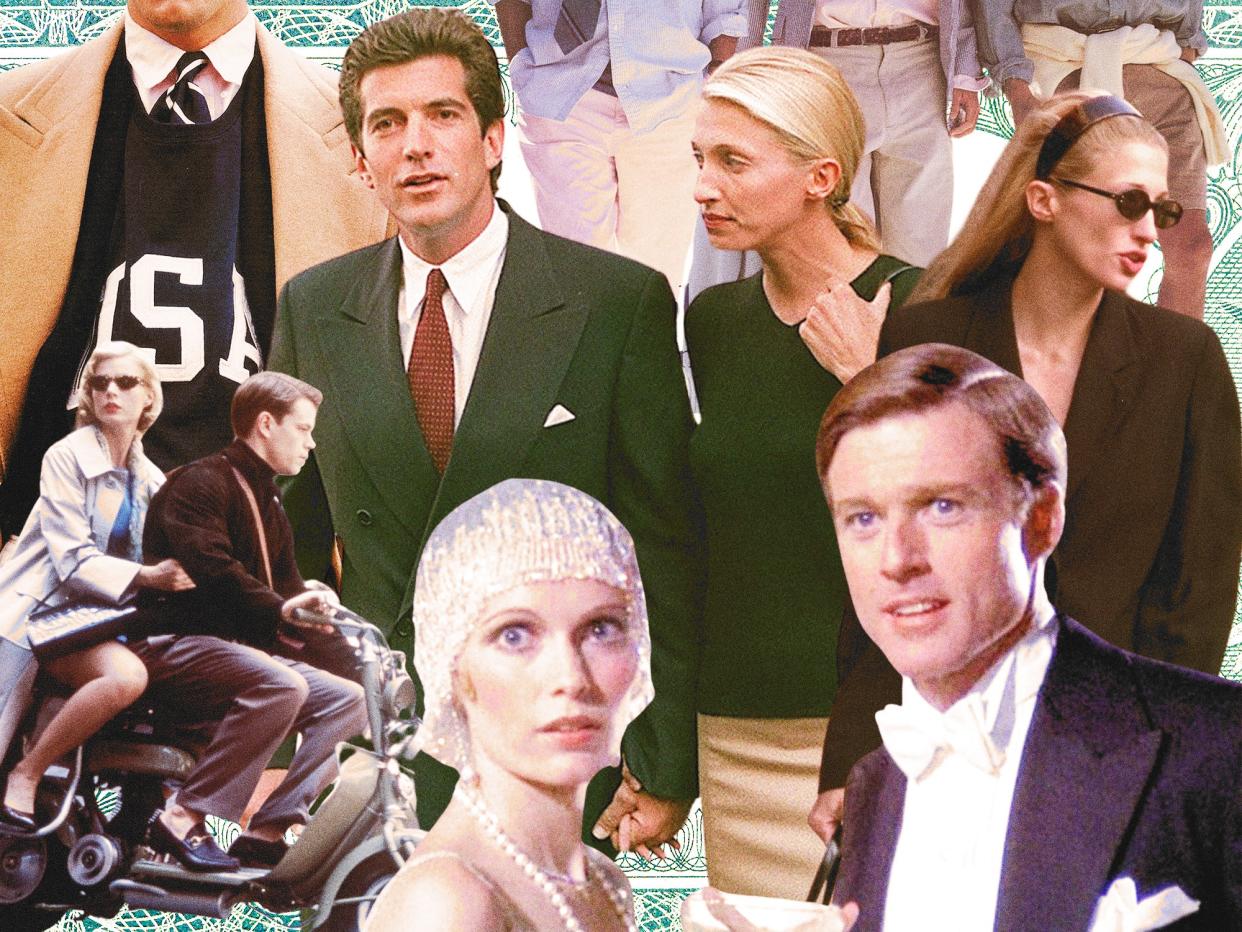
- Oops!Something went wrong.Please try again later.
Photographs: Getty Images, Ralph Lauren; Collage: Gabe Conte
The wealthy never fail to fascinate—especially when it comes to their taste in clothes. From the Roy family’s bland style vacuum on Succession to Mark Zuckerberg’s affinity for mid-priced hoodies, what rich people wear is always a ripe topic for dissection.
Now, Gen Z has focused its glare on ideas of affluent dressing, posting images and videos on social media of what is being dubbed the “old money aesthetic”: cable-knit sweaters tossed over polos, oxford shirts, navy blazers, and the like. Images of Carolyn Bessette and JFK Jr., The Talented Mr. Ripley’s Dickie Greenleaf, and vintage Ralph Lauren and J.Crew advertisements abound. On Instagram alone, the hashtag #OldMoney has nearly a million posts and #OldMoneyAesthetic has around 360,000.
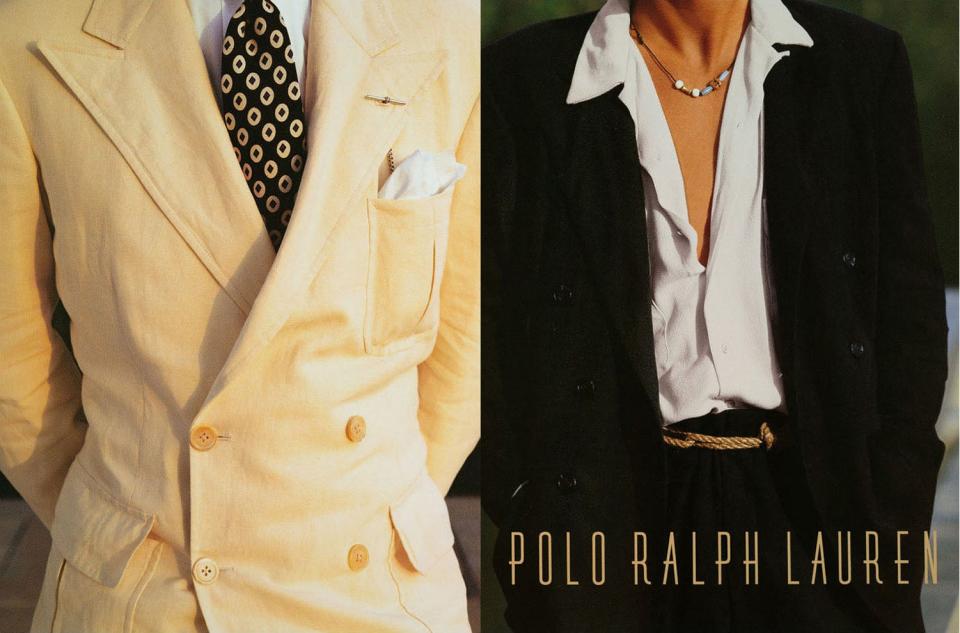
“It’s interesting to see younger generations fetishize these things,” says Zach Weiss, a writer who is himself a bit of an old money aesthetics practitioner. “At some point you think you discovered it, which I’m sure I did at that age.” Weiss recalls first being transfixed by the look in high school, where he played tennis, and sought an alternative to the go-to court uniform at the time: ratty T-shirts and garish Nike gear. After some research, he stumbled upon the sport’s more refined sartorial tradition, discovering tennis whites, Lacoste polos, and the like, which, in turn helped him develop his personal style. Today, Weiss often dresses like a dapper Great Gatsby character, an anachronism so distinct that, last year, when he sported a white blazer, banker-striped shirt, and yellow tie to the US Open, he pulled attention from the couple making out one row behind him: Timothée Chalamet and Kylie Jenner.
Now 31, Weiss says it's fascinating to witness the style he discovered as a teen filtered through the eyes of a younger generation, this time neatly tied up with a bow and served up as social media content. “This new generation seems really self-aware, and the old money look is like a character you can play,” he says.
Richard Thompson Ford, a Stanford law professor who wrote the book Dress Codes: How the Laws of Fashion Made History, broadly defines what’s being called old money aesthetics as anything that evokes mid-20th century East Coast elites—think clothing that would be worn to prep schools or Ivy League college quads. Items that are classic, not trendy, and made to last. They are timeless in the truest sense of the word—they could be worn today or 100 years ago without looking out of place. It’s a style that, say, 10 or 20 years ago, we would’ve just called preppy—but to Gen Z that word now means something different.
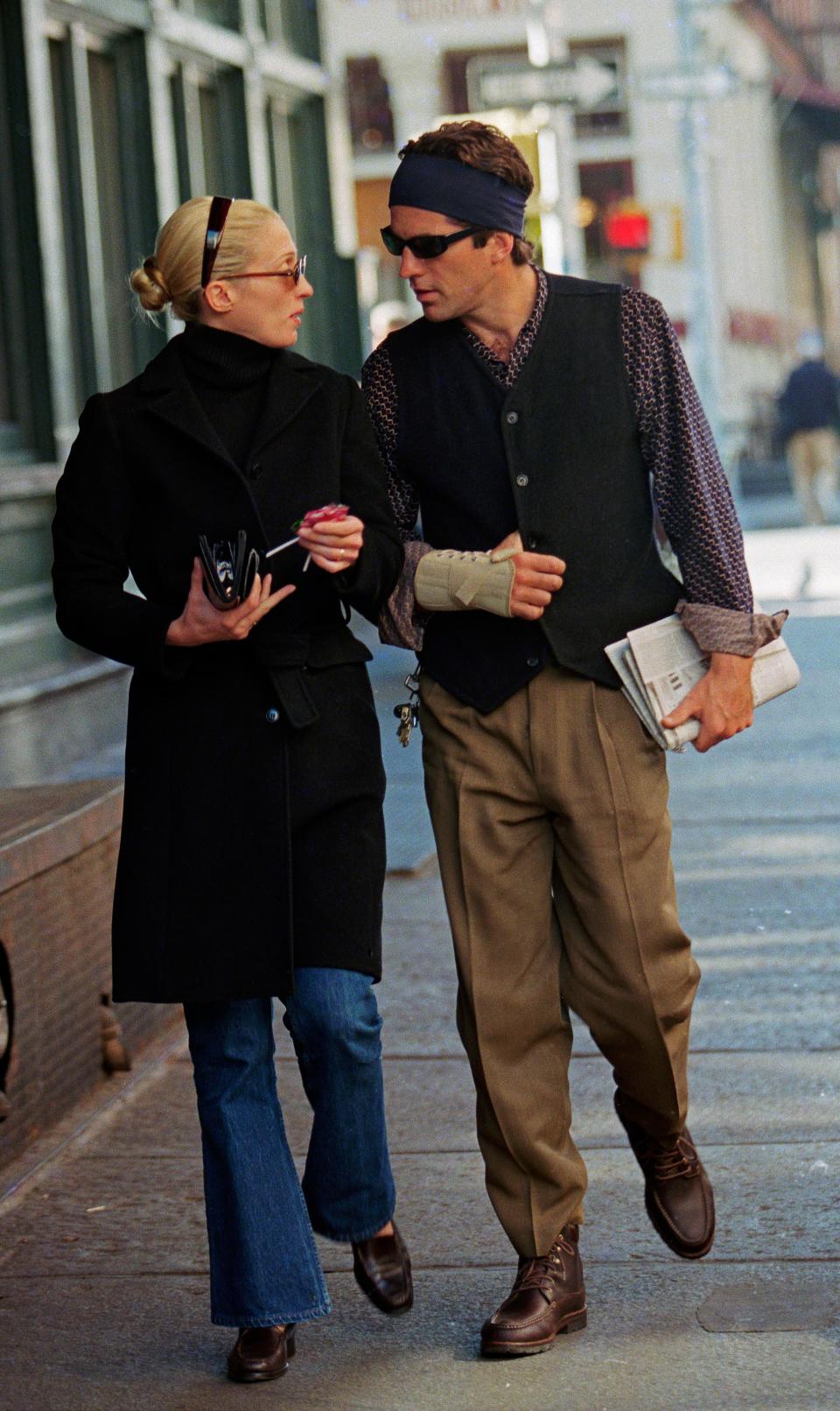
John John kennedy and his wife Carolyn in New York
In any case, nuances of this sartorial vernacular are often lost on younger generations in their quest to turn them into short, punchy videos. “There was also this obscure quality to it,” Ford says. “You’d strive to have things no one else wore, something from a shop you could only find in New Haven, Connecticut, or Martha’s Vineyard. Some of the clothing was worn-in, well-worn, that was part of the aesthetic. Looking worn-in, that patina of age, was part of the appeal. And some of the things were just ugly! The colors like bright pink, lime green, bright madras, Nantucket red pants. I don’t think the current generation of TikTokers think of these as old money, but they are clear signifiers of membership to a certain milieu.”
“There’s very much a science to it,” Weiss adds, referencing the seminal guide The Official Preppy Handbook as a touchstone. “There are versions that are, frankly, not very dressed up. Like a roughed-up cable-knit sweater that’s slung over your shoulder.”
It certainly helps that the zeitgeist has risen up to meet the online thirst for dreams of an old money life. Saltburn comes to mind, as does the new Netflix show Ripley, based on Patricia Highsmith’s Talented Mr. Ripley novels, which were most famously enshrined in the cultural consciousness with the 1999 film starring Jude Law, Matt Damon, and Gwyneth Paltrow. Ryan Murphy’s recent Feud: Capote Vs. the Swans was a paean to the high style of the mid-20th century socialite class in New York, while popular brands like Aimé Leon Dore and Drake’s often ape these stylistic gestures and remix them for their own uses—quite successfully, at that. Meanwhile, young Dimes Square strivers are running uptown to take selfies of themselves drinking martinis at Bemelmans Bar.
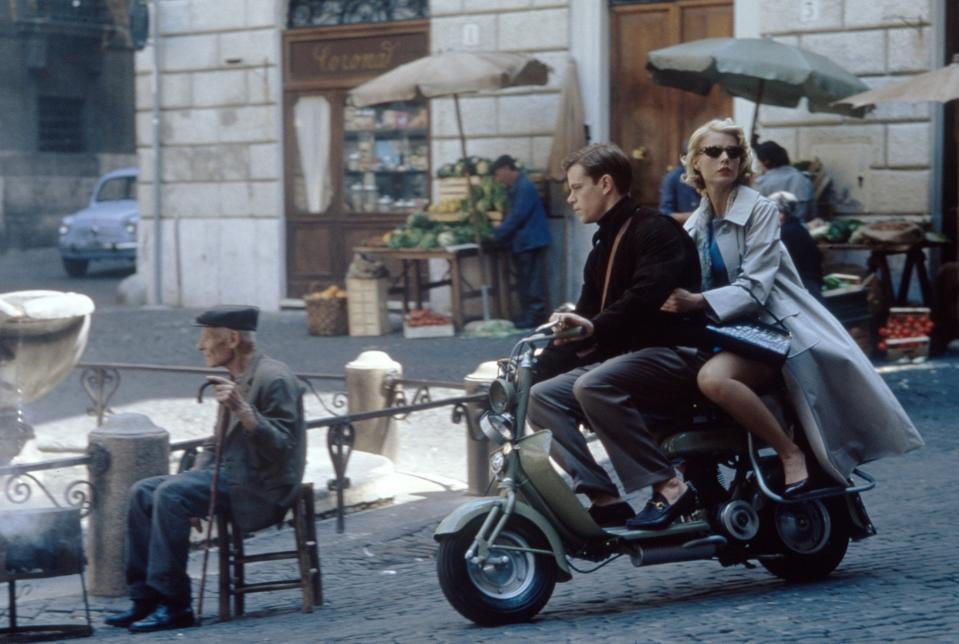
MSDTAMR EC012
The big question is: Why now? “The first thing that comes to mind is nostalgia,” Ford says. “Nostalgia for better times, or a time when the United States and the West seemed more confident.” Indeed, there does seem to be a wistful longing for a type of normalcy just beyond our grasp in these clothes, a foundation of tradition and classicism that cannot be found in today’s never-ending chaos.
Avery Trufelman—host of the popular fashion podcast Articles of Interest, which spent an entire season digging deep into the long afterlife of prep—has a theory. “In some ways, I think it’s a backlash to trends,” she tells me. “It reminds me of how, in the 1960s, Ivy style should have died, but it was revived because there were so many trends going on then, and people thought, I’m just gonna go back to what I know, what’s classy and what’s safe. Which makes me think of the explosion of trends we saw after the pandemic.” Indeed, every time there’s another -core to jump on, isn’t it calming to just think of tossing on a navy blazer?
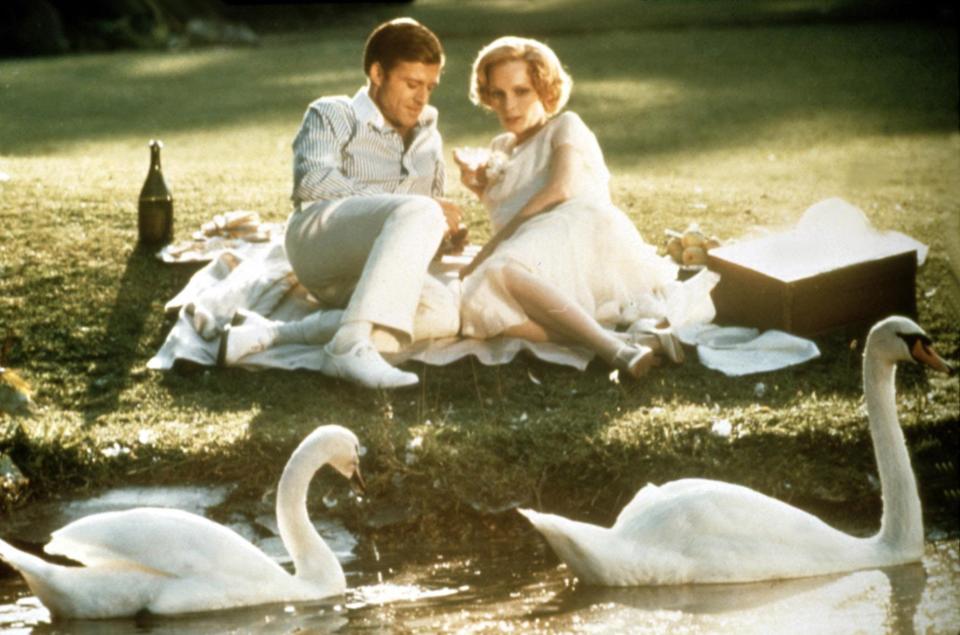
THE GREAT GATSBY, Mia Farrow, Robert Redford, 1974
Weiss thinks it's a post-pandemic reaction, too, but more connected to wanting to dress up again after wearing sweatpants and athleisure for years. “There was this post-COVID thing of dressing up by choice,” he says. “In a world where we used to be forced to dress up to go to work, now there’s this idea of getting dressed up of your own volition.”
Personally, I find it fascinating that young people—in the midst of unprecedented wealth inequality, told that they’ll never own a home, that the American dream promised to them may well be dead—are dressing up as the people who, in essence, ruined it all for them. I, for one, have noticed my TikTok feed filled with old money aesthetic slideshows of roguish types in Rolls-Royces alternating with vehement harangues of late-stage-capitalism, a perplexing juxtaposition.
“There is this phenomenon of ironic, slightly mocking uses of status symbols which does have a long history,” Ford says, mentioning the way Black and Latinx Americans once donned exaggerated Zoot suits as a retort to traditional men’s tailoring. “I would say the way people are adopting these things, it’s quasi-ironic [though] there’s certainly a lot of affection for the look.”
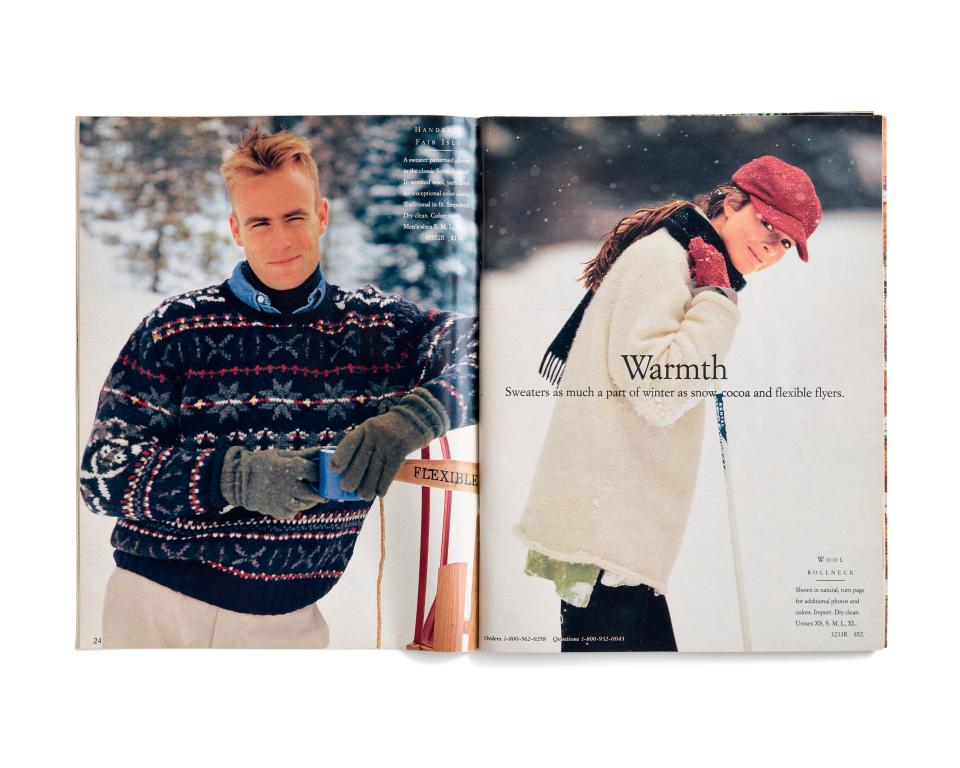
And they aren’t dressing as the enemy, per se, Trufelman notes. “I think there’s some comfort in dressing as old money,” she says. “Not to be flippant, but it’s not new money like these guys like Elon Musk in their black T-shirts who are ruining the world.” Indeed, old money is far enough in the rearview mirror to have had much of the bad parts sanded away. What we get is great clothes and not much context. As Trufelman puts it: “This is almost a costume for social media.”
But Weiss, who has long since settled on this precise aesthetic as his default mode of dressing, has some thoughts on why it's popular. “As a baseline, it’s a nice thing to look at,” he says. Indeed, despite its classic nature, the old money aesthetic has a surprising amount of variety contained within. “Like, I’m a gay preppy,” Weiss adds, “which is an anti-WASP thing, so I’m shaking it up a bit.” If everyone from Tyler, the Creator to J.Crew to Emerald Fennell to Nigo can reference it, who can’t find some aspect of the trend to make their own?
“It’s warm and cozy,” Weiss says. “It’s nice to go into the Ralph Lauren Mansion on Madison Ave and play that part. I forget who, but someone in the Very Ralph documentary is like, ‘This is a very utopian world where you’re living among these film characters. It’s a safe place to be.’”
Originally Appeared on GQ
More Great Style Stories From GQ
Rolex’s Biggest Release of 2024 Is…
The 20 Greatest Nike Air Max Sneaker Colorways of All Time
Kevin Hart’s Royal Oak Costs More Than a House
Not a subscriber? Join GQ to receive full access to GQ.com.
Every Single MoonSwatch, Ranked

